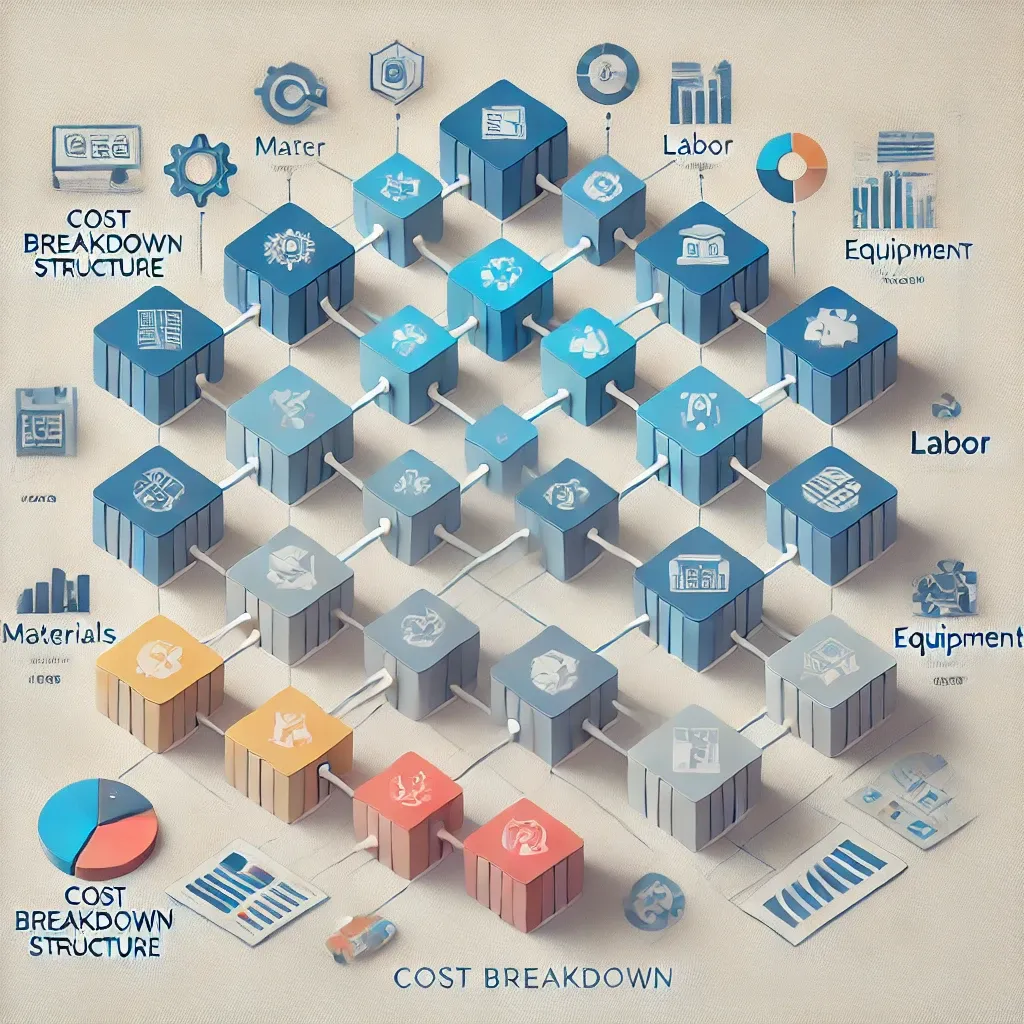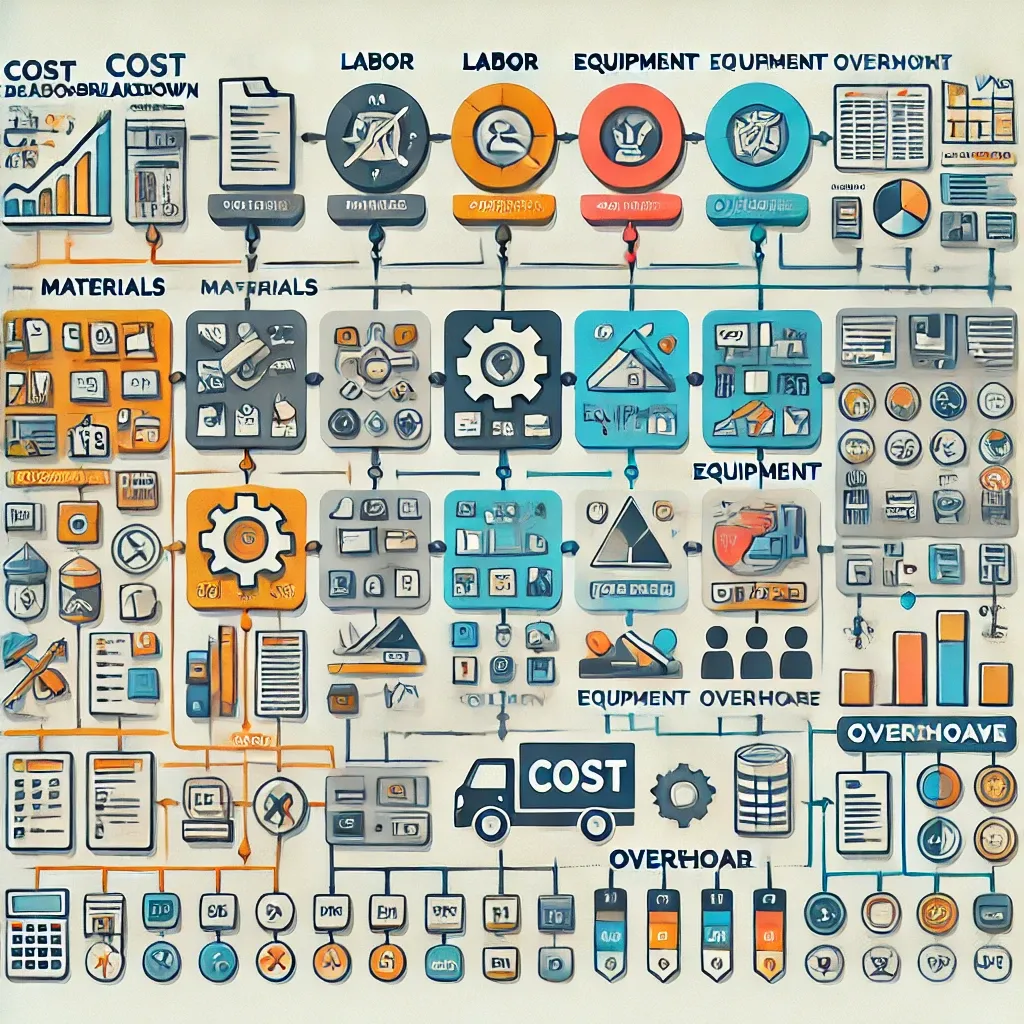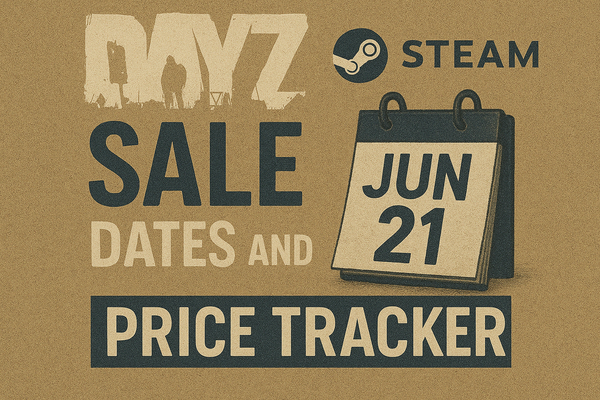Build a Cost Breakdown Structure for Precise Budgeting

For effective project management, accurate budgeting is essential. A well-constructed Cost Breakdown Structure (CBS) gives project managers the insights needed to allocate resources efficiently, track spending, and ensure project profitability. This guide covers what a CBS is, why it’s essential for any organization, and how to create one step-by-step.

What Is a Cost Breakdown Structure?
A Cost Breakdown Structure (CBS) is a hierarchical breakdown of all project expenses. By categorizing costs, CBS enables project managers to view the financial requirements for each part of the project, facilitating better control and management. CBS is often derived from the Work Breakdown Structure (WBS), which lists the tasks and deliverables for a project.
With a detailed CBS, you can track spending at every stage, ensuring that resources are allocated where needed most, and that overall project goals align with budget constraints.
Why Your Organization Needs a Cost Breakdown Structure
Implementing a CBS provides several key benefits to project-based organizations:
1. Better Cost Control
A CBS enables detailed tracking of each project phase, giving insight into the exact costs associated with every activity. By breaking down expenses, you can monitor spending closely and make adjustments before the project risks going over budget. This visibility is essential for maintaining financial stability throughout the project.
2. Identifying Deviations from Budget
Unexpected costs can quickly escalate if left unchecked. With a CBS, deviations from the budget become visible sooner, enabling timely interventions. If actual expenses exceed estimates, you can review specific cost categories and adjust accordingly, ensuring that projects stay on track financially.
3. Understanding Cost Drivers
Overhead, direct, and indirect costs can often make total project expenses exceed initial projections. A CBS helps you pinpoint areas where costs may be higher than anticipated, allowing for a better understanding of cost drivers and informed decision-making on future budgets.
How to Create a CBS: Step-by-Step Guide
Follow these steps to create a well-defined CBS for accurate project budgeting.
1. Analyze Your Work Breakdown Structure (WBS)
Before developing a CBS, you need to review your WBS thoroughly. The WBS details every task and deliverable in the project, forming the foundation of the CBS. Each WBS element should be assigned a corresponding cost to capture the full scope of expenses.
A detailed WBS ensures that no tasks or expenses are overlooked, giving you a comprehensive list of costs for the CBS.
2. Calculate Labor Costs
Labor costs are one of the largest categories in most projects. This includes salaries for in-house team members, contractors, and consultants. Categorize labor costs based on tasks, roles, or levels of expertise required. Consider using parametric estimation, which uses historical data or industry standards to create reliable cost estimates based on similar projects.
Labor costs can vary, so account for potential overtime, benefits, or rate fluctuations. By estimating these expenses accurately, you can prevent unexpected budget overruns.
3. Estimate Material Costs
Material costs include all tangible items needed for completing project tasks. This may consist of equipment, raw materials, and consumables like office supplies or construction materials, depending on the industry.
Breaking down material costs into subcategories like equipment rentals, spare parts, and consumables is helpful. This level of detail will ensure that every potential expense is captured, providing a clearer understanding of material requirements.
4. Include Overhead and Indirect Costs
Overhead and indirect costs support project activities but are not directly tied to a specific task. Examples include utilities, office rent, and administrative fees. These costs are crucial for the project’s success and should be included in your CBS.
A well-rounded CBS integrates indirect costs, offering a more accurate picture of total expenses. Including overhead costs prevents underestimating your financial needs and helps maintain realistic budgets.
5. Account for Contingency Costs
Unexpected expenses are common in project management. Contingency costs act as a financial buffer to cover unforeseen expenses, such as sudden price increases for materials or unexpected project delays. Reviewing similar past projects can help determine an appropriate contingency percentage for your CBS.
By including contingency costs, you prepare for potential surprises, ensuring smoother project execution without the need for emergency budget adjustments.
6. Compare CBS Estimates to the Initial Budget
Once you have a complete CBS, compare your estimated costs with the initial project budget to identify any discrepancies. This step is critical to confirm that the project can move forward as planned, or if adjustments are necessary. Some organizations use a top-down budget approach, while others start with a bottom-up analysis, both impacting how CBS aligns with the budget.
If CBS estimates exceed the budget, consider reviewing non-essential tasks or negotiating with suppliers to lower costs. Comparing estimates to the budget ensures financial preparedness at every project stage.
Cost Breakdown Structure Templates
Creating a CBS from scratch can be complex, but templates can simplify the process. Here are some templates designed for different industries and project types:
1. Construction Cost Breakdown Structure Template
Ideal for construction projects, this template includes rows for specific activities like excavation, materials, and labor. Since it’s a spreadsheet, you can customize it to include categories relevant to the specific project. [Download from Constructioncivilengineering].
2. Basic Cost Breakdown Structure Template
This general-purpose CBS template offers a blank structure that allows for customization. It’s perfect for adding unique cost categories and elements after completing the WBS. [Download from Carleton.ca].
3. Three-Point Cost Breakdown Structure Template
The three-point template includes optimistic, pessimistic, and most likely cost scenarios, allowing for budget adjustments based on potential fluctuations. It’s useful for projects with high variability in cost estimates. [Download from Smartsheet].
Best Practices for Maintaining Your CBS
Creating a CBS is essential for managing project costs effectively, but maintaining and optimizing it throughout the project is equally important. Here are some best practices:
- Regularly Update Your CBS
Project requirements and costs may change over time. Regularly updating the CBS with these changes ensures real-time budget tracking, helping you make informed financial decisions as the project progresses. - Engage Key Stakeholders
Involving relevant team members and stakeholders in the CBS creation process improves its accuracy. Their insights ensure that the CBS captures all potential costs and that the project has the necessary resources. - Monitor Actual vs. Estimated Costs
Establish checkpoints during the project to compare actual expenses against estimated costs. This allows for early detection of budget variances and the opportunity to make necessary adjustments. - Use Project Management Software
Tools like Microsoft Excel, Smartsheet, or project-specific budgeting software simplify CBS management. Many of these tools provide templates, and integrating your CBS into these platforms offers real-time tracking and visibility of your budget allocations.
Benefits of Using a CBS Template
Using a CBS template standardizes the budgeting process and reduces time spent on administrative tasks. Templates help maintain consistency across projects, making it easier to analyze budgets, manage resources, and control spending. Here are the primary benefits:
- Saves Time: Templates provide a pre-built structure, minimizing setup time.
- Reduces Errors: A standardized format reduces the risk of missing or misclassifying expenses.
- Enhances Collaboration: Templates make it easier for multiple team members to collaborate on cost breakdowns.
Final Thoughts on Cost Breakdown Structures
Developing a Cost Breakdown Structure (CBS) is critical to ensure budget accuracy and financial stability in project management. By itemizing each task and assigning costs, you gain control over project finances, avoiding costly surprises. A well-defined CBS can improve project outcomes by facilitating accurate budgeting, resource allocation, and financial planning.
For more project budgeting and cost control tips, explore our blog, where you’ll find tools, templates, and resources designed to enhance your project management practices.
Source: Develop a Cost Breakdown Structure and Calculate Right Budgets
Read also our last article: Bank Statement Template: Simplify Your Financial Tracking





